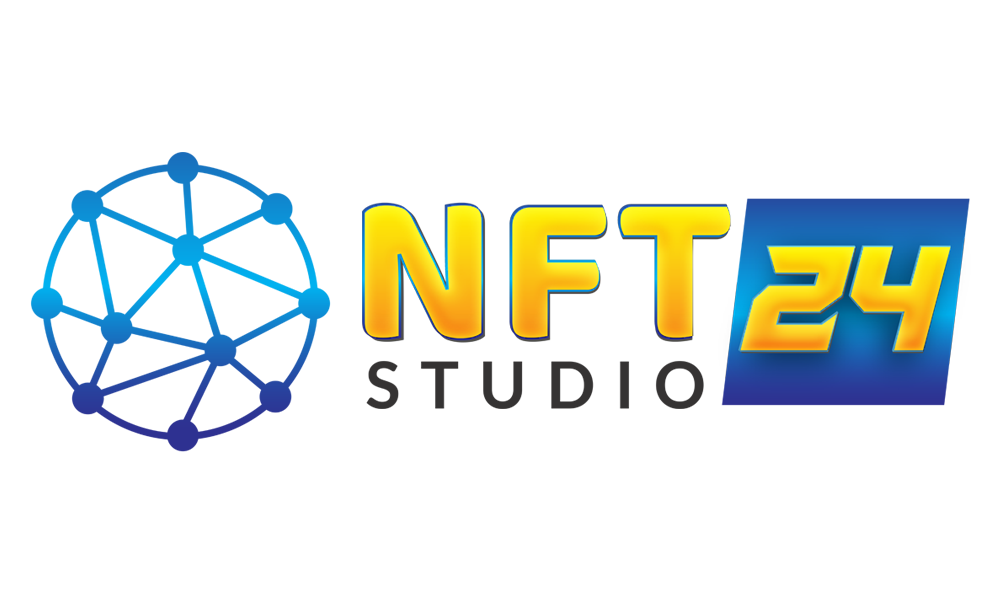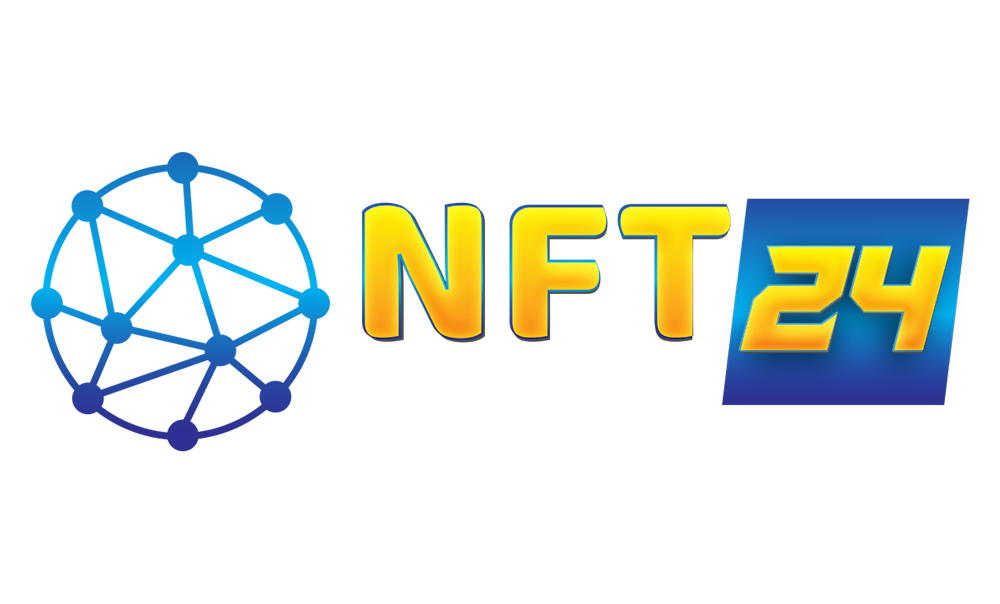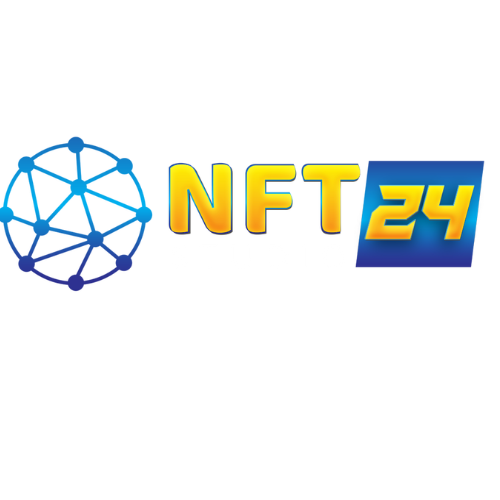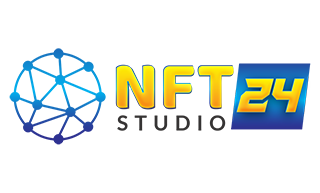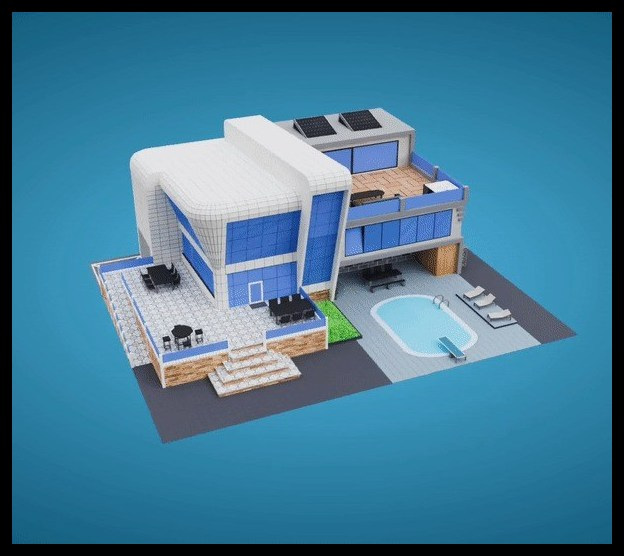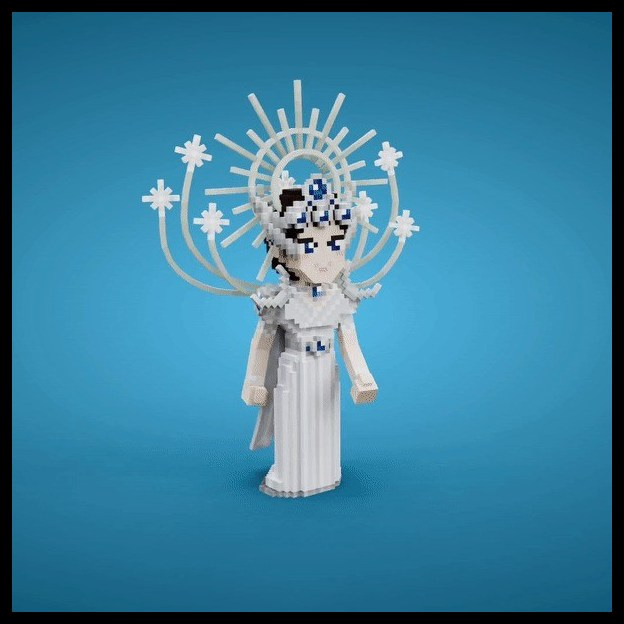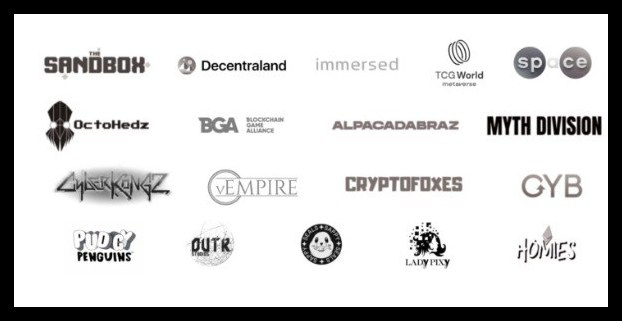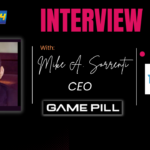NFTStudio24 sat down with CEO Steve McGarry for a podcast interview to talk about the Sandstorm marketplace, career opportunities for builders, metaverse jobs, and more.
Web3 and metaverse are currently the hub of builders as more and more individuals contribute their creativity and innovation in the space in partnership with different brands and businesses.
SandStorm emerges as a platform that connects these two parties in a highly decentralized environment. It’s open-source for anyone around the world who has the ability to build something in the metaverse.
In this interview, Steve shares details about SandStorm and how builders and brands can benefit from this platform in the long run:
Introducing Sandstorm:
The World of Web3 builders
Steve calls Sandstorm a “marketplace” that connects brands with metaverse brands. The company first began as a meetup of builders community in Web3 but later developed into a proper platform.
On Sandstorm, a company can simply submit its build proposal for assets, and around 2,000 verified builders simply bid prices based on their expertise, skills, and preferences. The brands have the option to pick whichever individual they prefer to work with and pay them based on their budget.
Everything on the platform is verifiable on blockchain to see how many jobs a specific builder has done and with whom, making it much easier for employers to trust. The payouts are released end-to-end in a decentralized environment.
Sandstorm is actively driven by a community of builders, which makes it authentic for other experts as well. In other words, all features, tools, and decisions about the marketplace are made by builders within the space.
Sandstorm’s criteria for Builders
Since this platform is a popular place for big brands and companies, it’s important to hire builders who are well-trained and have the ability to deal with all kinds of Web3 work when given.
According to Steve, Sandstorm has set a lot of activations across multiple worlds to know where builders are most needed.
If any builder wants to join the marketplace, they have to go through a simple task of creating different assets from designing a plant up to an avatar. Since every builder varies in terms of their skills, the community decides when to certify them on the platform.
In Level 1, the builders and creators are required to prove that they are constructing assets in various virtual worlds to be certified and then upload assets on the marketplace
In Level 2, the builders go through a verification process that allows them to bid on work and get jobs from brands.
Steve says his team gives individuals career opportunities through many contests and streams participated by thousands of people every month who showcase their talent and onboard the marketplace as a builder.
Web3 Education for Builders
As a member of BGA, Sandstorm has been actively working towards educating individuals about building in the metaverse.
Steve in the interview shared that they have been constantly creating immersive content like tutorials about deploying assets on Decentraland or VoxEdit tutorials with streamers on the website to grab people’s attention.
“I think it’s really important to open the door to newcomers,” he said. “The community will help you answer questions.”
Steve believes contests are a clever way to incentivize education about Web3 and metaverse to non-Web3 users, and this is what Sandstorm has adopted in its strategy to bring newcomers on board.
Sandstorm for Brands
The platform is highly focused on bridging the builders with brands who are looking for a team to expand their Web3 initiatives.
Steve shares that he aims to establish Sandstorm as a “construction market across the entire open metaverse.” To do that, they established a rate floor in April 2022 by collecting a survey to know what minimum rate were the brands or companies ready to charge and then implemented that price on the marketplace.
Sandstorm wants to give brands the ability to confidently come in and know that they’re paying a trusted rate, so the team sees pricing as a key for the developing market.
“We have very vibrant communities coming on there and they know that the word “trust” is developed by a couple of different concepts. Pricing is a big one.” Steve said.
By adding the layer of trustable pricing and verification for both brands and builders, Sandstorm avoids any scams and both parties get paid the agreed prices with no disputes.
Building Trust in Metaverse and Web3
The recent FTX debacle has caused massive criticism in the crypto community and brands have been questioning the relevance and authentication of Web3 and metaverse platforms. Steve says this drama has brought attention back to True Builders.
On building trust, he said that brands should be focusing on who is building what and how long a platform has been contributing to the space. Steve also shares that the marketplace has seen an implosion of individuals joining the community to work full-time and in this situation, it all goes back to how a brand approaches the industry.
“I think the market and the people who are currently deploying features, build, and everything like that are the ones you should be working with, in the midst of the downturn,” he said.
“Focus on those who are going to exist for the next 6 months.”
Sandstorm’s builder Community
Sandstorm’s community of builders expands across different platforms, from social media sites like Facebook and Discord to a YouTube channel to educate the masses about different career opportunities within the space.
Steve, himself, is a YouTuber since 2014 and has been quite passionate about bringing people to the metaverse. He regularly posts informative content videos to teach people about Web3 developments.
“It’s really important for people to know there’s free content everywhere that you can consume and ultimately get into the virtual worlds,” he said.
Web3 builders income
NFTStudio24 asked Steve how much Web3 builders can earn by building assets on the metaverse from the marketplace. He said there’s a wide range of pricing for proposals that can go from $5,000, $50,000, to $100,000.
“People who are bidding are individuals in a basement that often win and then there are other teams that are 100 people who can work in a compressed time to get the bid,” Steve said.
In short, it’s usually a few thousand dollars a month for individuals and five figures for Studios. It all depends on the type of work, worlds, expertise, team size, timeframe, etc.
Another way to earn is by participating in contests that have cash prizes for individuals, and it can also help them establish their portfolio in the space.
Rapid-fire questions
NFTStudio24 had a rapid-fire session with Steve.
Q. Name three best-selling builders on the SandStorm marketplace?
A. 1. WanMine 2. Hologram 3. Graphetta. They’re doing great things in the space.
Q. Top 4 brands you think will thrive in the metaverse?
A. I think fashion, entertainment, and music are at the forefront. A lot of companies have been reaching out to us about concerts, and I think more musicians are coming into this space.
Q. What would the metaverse look like in 2050?
A. I think your everyday life will consist of one element of virtual experience whether that’s AR on your phone. AR is going to be very developed in shopping and fashion in the next 5 years. I think by 2050 we will have 25 to 50 million people working full-time in the metaverse.
Q. Do you think Web3 will be massively adopted in the next five years?
A. Yes, it will be but I want everyone to know we’re still early in the innovation circle of this whole process. It’s going to operate seamlessly in the background and it’s going to take time.
Steve’s message to NFTStudio24 viewers
Steve shared a very motivating message to developers, builders, and creators in the NFTStudio24 community and worldwide:
“You’re already trying to learn about the space, so take it a step further and dive into tutorials, and learn how to create. Go out and create something, no one is stopping you. Take out an hour of your time to build something and share it on social media. You can tag Sandstorm, we will share your work.”
“Just create something and build value, then everything will follow. There’s space for everybody in the metaverse.”
